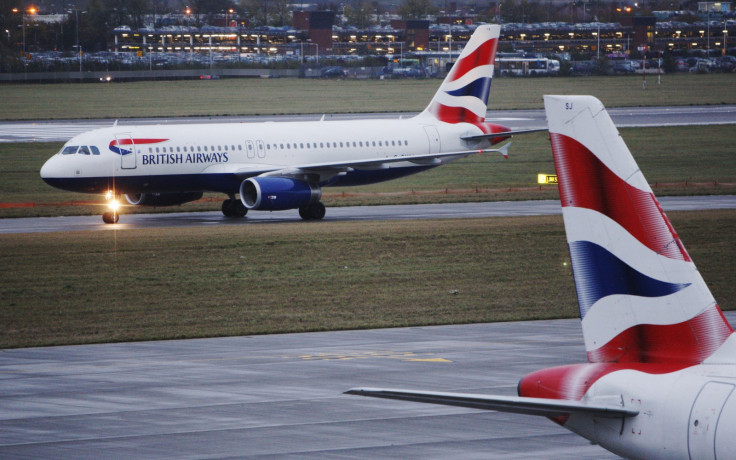IAG traffic flies higher in November but load factor dips
British Airways owner says it carried 7.25m passengers in November, 5.2% more than in the same month last year.

British Airways owner International Consolidated Airlines Group (IAG) said on Monday (5 December) that it recorded growth in both traffic and capacity last month.
The total number of passengers carried rose 5.2% year-on-year to 7.25 million in November, thanks to a strong performance in the domestic and European markets, which recorded a 6.8% and 6.3% increase respectively.
Meanwhile, group traffic measured in revenue passenger kilometres (RPKs) rose 3.2% in November compared to the same month the previous year and capacity measured in available seat kilometres (ASKs) increased 3.7% over the same period.
IAG, which also owns Aer Lingus, Iberia and Vueling, added group premium traffic in November which was 4.4% higher than in the corresponding period in 2015.
However, the load factor, a crucial gauge in the airline industry as it measures the number of seats filled on each aircraft, slid to 78.9% in November compared with 79.3% in the corresponding month last year.
On a year-to-date basis, the total number of passengers rose 14.7% year-on-year to 93.6 millions, while the load factor climbed from 81.7% to 81.8%.
IAG added it made several significant developments in November, including reaching an agreement with satellite communications firm Inmarsat that will see 341 short-haul aircraft fitted with Wi-Fi connection.
Separately, Aer Lingus announced it will introduce a new route from Dublin to Miami in 2017 and increase the number of flights available on its services connecting the Irish capital to Los Angeles, Chicago and Orlando. British Airways, meanwhile, will launch a new flight connecting London Gatwick to Oakland in California from 28 March next year.
Last month, IAG lowered its earnings and capacity targets amid the ongoing turbulence that has affected the airline industry in recent months.
The FTSE 100-listed company now expects earnings before interest, taxes, depreciation, amortisation, and restructuring to be approximately €5.3bn ($6.6bn, €6bn) per year between now and 2020, down from a previous €5.6bn guidance.
© Copyright IBTimes 2025. All rights reserved.






















